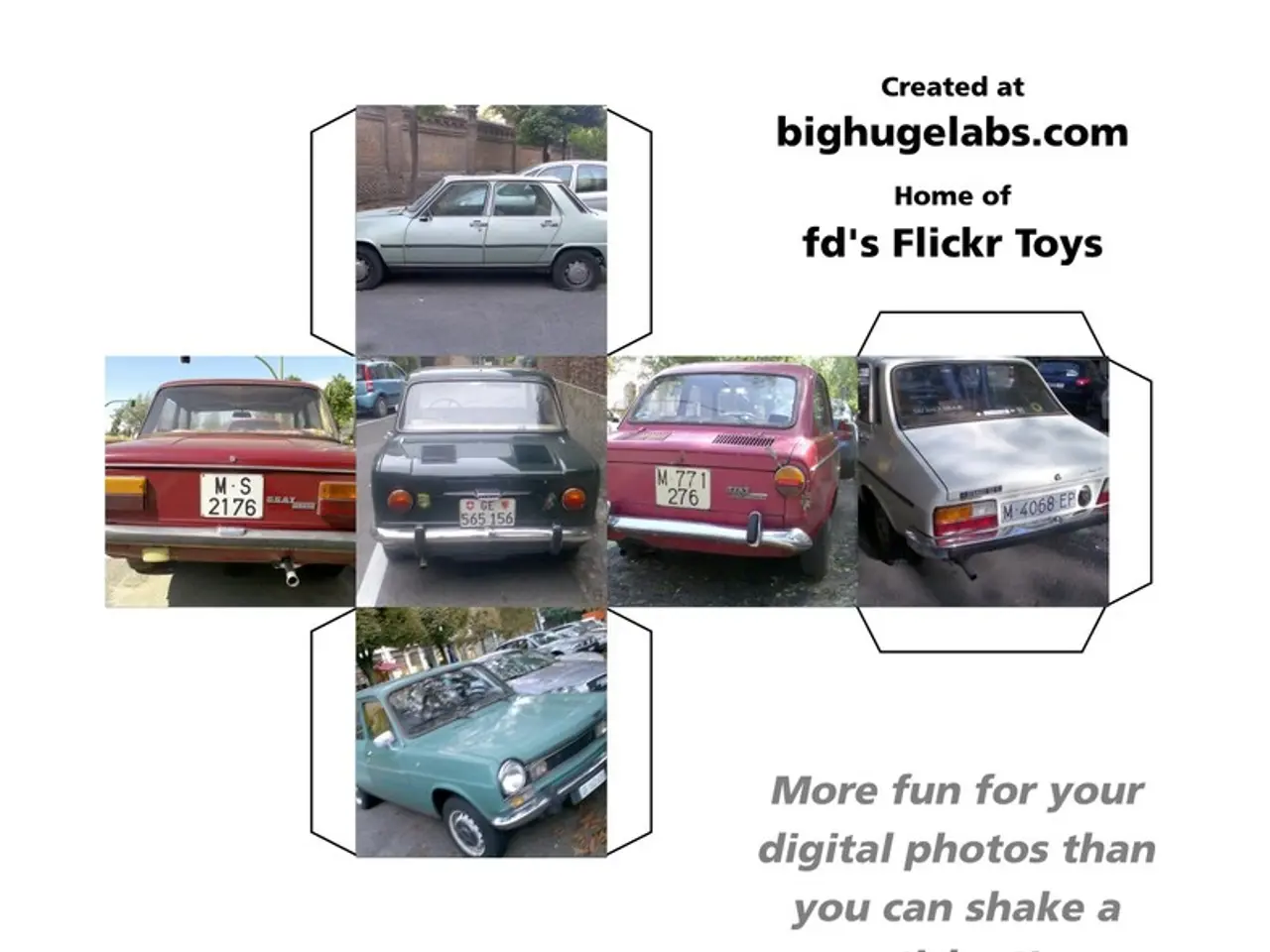Were Stop-Start Systems Beneficial? Trump's EPA Argues Against
In an effort to combat rising carbon emissions, stop-start systems have emerged as a practical solution, particularly in urban, stop-and-go traffic. These systems, which cut fuel consumption during idling, can potentially reduce fuel use by up to 26% in such conditions [1][5]. By temporarily halting combustion when a vehicle is stopped, such as at traffic lights or in traffic jams, these systems lead to lower carbon dioxide emissions [5].
However, stop-start systems are not without their drawbacks. One significant concern is the increased wear on starter motors and related components due to frequent engine restarts, which might raise long-term maintenance costs [1]. Another issue is the system's potential annoyance in everyday driving scenarios, with unnecessary automatic shutdowns and restarts becoming a source of inconvenience for some drivers [1].
Critics also argue that the environmental benefits may be partially offset if the increased mechanical wear leads to earlier part failures or if the underlying emissions standards are rolled back, reducing incentives to improve fuel efficiency through systems like stop-start [1].
Compared to technologies like regenerative braking, which recovers up to 70% of kinetic energy during braking and can improve overall vehicle efficiency by 5-10%, stop-start systems focus specifically on reducing emissions during idle times [3]. Both are important in their respective roles to lower emissions, especially in urban, stop-and-go settings.
In summary, stop-start systems provide meaningful reductions in fuel consumption and emissions during idling, offering a practical step towards lower urban pollution and carbon footprint. Their drawbacks lie in mechanical complexity and driver acceptance, and the full environmental benefit depends on vehicle design improvements and regulatory support [1][5].
Over the past two decades, stop-start systems have transitioned from a premium feature to a near-ubiquitous standard in internal-combustion-engine vehicles. Major suppliers of these systems include Bosch, Valeo, Denso, Hitachi, and SEG Automotive [unspecified].
In Europe, stop-start systems were widely adopted in the 1980s, and the European Union's fleet average CO2 target of 95 g/km made these systems virtually essential, with nearly all internal-combustion-engine and mild-hybrid vehicles sold in the EU now having this technology [unspecified].
In China, stop-start is widely deployed in urban-focused vehicles and compact sedans due to Stage V and VI emission standards. In Japan, over 90% of new cars sold in 2020 were equipped with stop-start systems due to the Top Runner Program and strict fuel-economy standards [unspecified].
Industry analysts at IHS Markit estimate that by 2023, stop-start systems globally had avoided more than 50 million metric tons of CO2 emissions cumulatively [unspecified]. In the U.S., Corporate Average Fuel Economy (CAFE) standards and greenhouse-gas regulations under the EPA and NHTSA strongly incentivized stop-start adoption, especially from the 2017 model year onward [unspecified].
Despite the benefits, some argue that the technology offers minimal carbon-emissions benefits and is widely disliked by consumers, with the Environmental Protection Agency (EPA) under the Trump Administration encouraging automakers to eliminate stop-start systems [unspecified]. However, a 2022 report from the European Commission and ACEA indicates that stop-start systems contributed to roughly 3%-4% of total fleet CO2 reduction between 2015 and 2020 [unspecified].
In controlled lab tests, stop-start technology reliably demonstrated reductions of 2 to 5 grams of CO2 per kilometer [unspecified]. Some studies and reports indicate that start-stop systems can offer fuel savings, with benefits being more pronounced in city driving [unspecified].
The global consulting firm IMARC Group values the stop-start systems industry at $67 billion annually [unspecified]. In 2023, stop-start systems were included in 65% of U.S. vehicles, a significant increase from 1% in 2012 [unspecified].
In conclusion, while stop-start systems offer real-world benefits in reducing carbon emissions, particularly in urban areas, their widespread adoption is not without controversy. The systems' drawbacks, including increased mechanical complexity and driver acceptance issues, must be addressed to maximize their environmental benefits.
Electric vehicles (EVs), a promising alternative to traditional internal-combustion-engine vehicles, could potentially mitigate concerns about weather-related impacts on emissions. For instance, EVs would not faces issues related to warm-up emissions as their fuel source is electricity [3].
However, the efficiency and environmental impact of EVs could be affected by weather conditions, such as extreme cold or heat, which might impair battery performance and compromise their electric range [3]. Therefore, understanding and addressing the influence of weather on EVs would be crucial for optimizing their use and minimizing any potential negative consequences on emissions.








